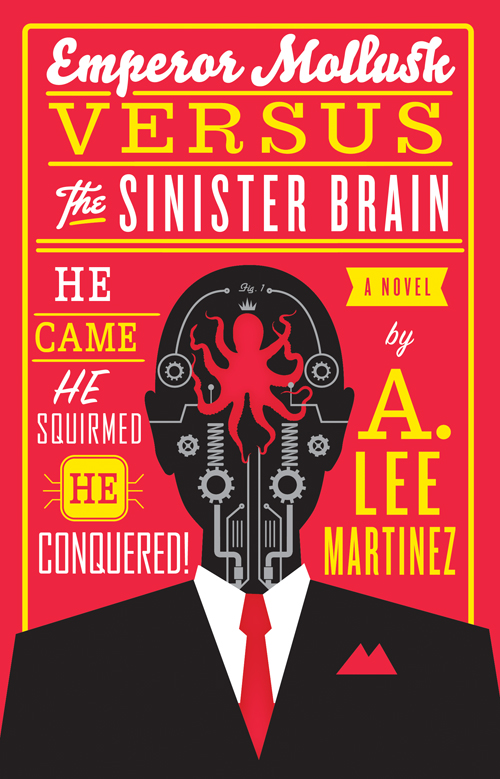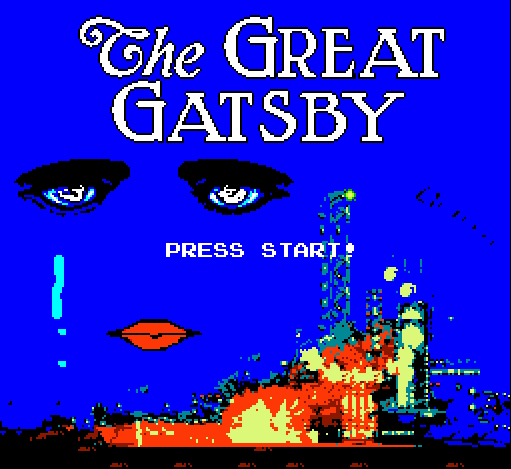Discovering an exceptional but lesser-known work of fiction for oneself is one of life’s smaller pleasures, one made no less enjoyable for being such an ordinary experience. The story of Seirei no Moribito (Guardian of the Sacred Spirit) itself feels rather small and ordinary; instead of covering an epic struggle between good and evil, at its heart it’s about the depths of maternal love and how far a person can go to protect a loved one. The melancholy nature of the song in the video captures well the feeling of the show, much better than the opening song, in fact, which I found rather insipid in an inoffensive pop song way.
Seirei no Moribito is based on the first book of a Japanese fantasy series and it covers the story of Balsa, a female bodyguard, who is tasked with protecting a prince from his father’s own assassins. There are many things to like about the series, not least of which are the lush backgrounds as can be seen in the video. Generally speaking, it’s a lot more realistic than other anime that deals with swords and the supernatural. You won’t find arcs of blood stylishly spraying into the air or fighters shouting out the names of their attacks; rather, all of the fighting is firmly rooted in real-world martial arts.
Unusually for the genre, the anime does not deal with the samurai-and-ninjas feudal era which first springs to mind when one mentions “Japan” and “swords”. Instead, the series is set in a fantasy world based on Heian-era Japan, which is to say, Japan before the samurai. Japan was governed more like Imperial China, with the Japanese emperors wielding direct political power as the sons of Heaven. This is the opposite situation of the later feudal era, where the emperor was largely a figurehead.
It’s interesting to note that the hydraulic theory of state formation posits that states formed in early China because a centralized power was needed to organize the necessary resources that allowed complex irrigation systems to nourish rice paddies. Ancient Japan, of course, consciously modeled itself on China, and the fact that both countries relied on rice as the central staple food in their diets certainly helped keep their systems of government in sync for a while. Certainly a bunch of squabbling feudal lords couldn’t have organized things half so well.
Of course, one must then ask why feudalism arose in Japan if central organization was so necessary to keep a country of rice eaters alive. There are of course the political and historically-contingent reasons for why the strong Japanese state broke down (short story: a combination of screw-ups and bad luck for several Japanese emperors). Improvements in military technology and the resulting change in recruitment practices also gave greater power to regional leaders, and I suspect developments in agriculture also helped. A separate military class rose to challenge the power of the imperial government, a civil war happened, and slowly but surely the samurai were the new rulers of Japan.
Admittedly, all this is going rather far afield from the original topic of the anime series. What can I say, I have a certain fascination for states and state formation. Anyway, to return to Seirei no Moribito: I liked it. If you like serious anime, please try it out. Not that I hate the funny (Ranma 1/2 remains one of my favourite shows, period), but Moribito definitely deserves a larger audience, which I hope this blog post might in some small way help to provide.



